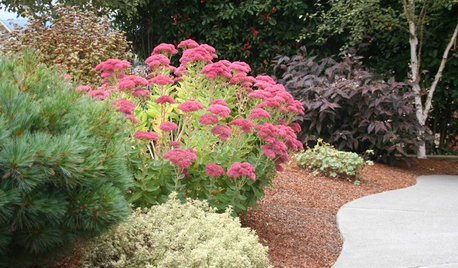ferts?
deirdre1
16 years ago
Related Stories

GARDENING GUIDESPacific Northwest Gardener's August Checklist
Deadheading perennials, cutting raspberry canes and preparing for the onion harvest keeps Northwest gardeners busy in August
Full Story
FLOWERSSee the Amazing Orchids Unfolding at a New York Garden Show
Get an eyeful of awe-inspiring orchids in incredible colors and learn how to keep one happily blooming at home
Full Story
BEDROOMSRoom of the Day: A Cocoon for Late-Night Crashing
Moodily masculine and warmly enveloping, this loft bedroom welcomes the owner after his long hours in the music studio
Full Story




arthurm
aerides
Related Discussions
Questions regarding fert injection using a Mazzei injector design
Q
Updates on the lawn & Organic Fert in summer
Q
Milorgnite vs Jonathan Green Organic Fert Comparison Opinions Needed
Q
Organic Ferts Now
Q
howard_a
aerides
arthurm
howard_a
sweetcicely
aerides
arthurm
laurelburrows_mindspring_com
AMYQofU
aerides
orchid126
maypoplaurel
arthurm
aerides
jank
maypoplaurel
jane__ny
sweetcicely
me_171
aerides
arthurm
aerides
jane__ny
stitzelweller
aerides
stitzelweller
aerides
whitecat8
me_171
jank
westoh Z6
aerides
sweetcicely
westoh Z6
aerides
sweetcicely
whitecat8
aerides
stitzelweller
sweetcicely
whitecat8
highjack
aerides
jane__ny
aerides
jane__ny
arthurm
aerides